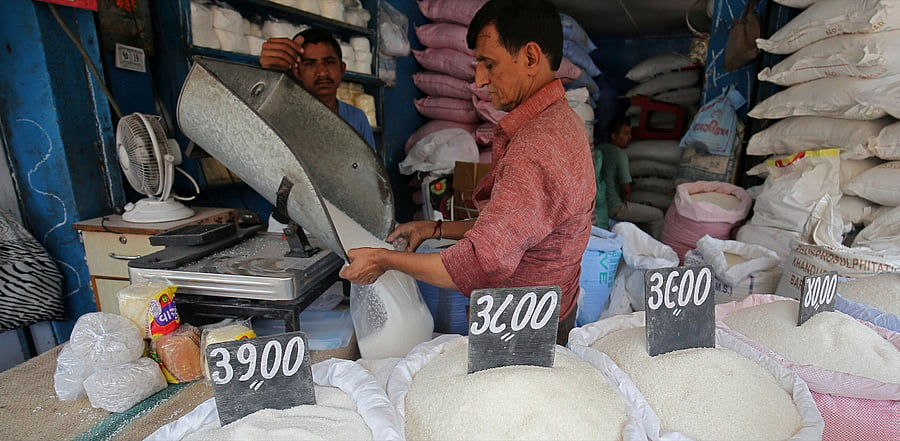
A new wave of lockdowns due to the novel coronavirus may decide if the world will have too much or too little sugar.
Some of the industry’s prominent analysts are divided on whether the market will face a surplus or deficit in the season starting next month. The difference in opinion lies on how much the pandemic will slash consumption or prompt top producer Brazil to make more lucrative sugar at the expense of cheaper ethanol.
Global sugar production is forecast to fall short of demand by 1.1 million tons next season, according to Patricia Luis-Manso, head of agriculture and biofuels analytics at S&P Global Platts. That’s similar to an estimate by John Stansfield, a veteran analyst at Group Sopex. For Raissa Cury Pires da Silva, head of Americas sugar research for trader ED&F Man, the world will face a second year of surplus.
“We have two quite strong bearish flags,” said Luis-Manso, referring to further cuts in demand and Brazil’s ability to make more sugar. “Both flags have the potential to solve this deficit without any significant sugar price increase. That’s why I think this deficit may be too small to be significant.”
Sugar futures traded in New York tumbled earlier this year as the coronavirus cut demand for food and fuel. Raw material cane is also used in Brazil to make ethanol, which powers flex-fuel cars that can run on more than one fuel type. Prices have since recovered as countries reopened, but with rising infections, there’s a risk that many nations will reinstate lockdowns. The U.K. has already brought back a shelter-at-home order while Israel was the first country locked down a second time.
Global sugar consumption was already declining before the virus hit as health-conscious consumers cut back. The pandemic hurt demand by 2.5 million tons last season compared to the pre-Covid outlook and more is expected to come, according to Platts. Europe is one place where demand was particularly hit, with a potential reduction of as much as 500,000 tons, higher than the European Commission’s forecast, Stansfield said Friday at the Platts Sugar in the Americas virtual conference.
The impact of lockdowns also kept cars off roads, reducing demand for the ethanol that powers Brazil’s flex-fuel cars, prompting millers in the South American nation to make more sugar. That was enough to reverse a forecast for a shortage of almost 7 million tons for the season ending Sept. 30 into a surplus of 800,000 tons, ED&F Man’s da Silva said at the Platts event.
“We are accounting for more than 3 million tons reduction on consumption this year and the center south returning to having a crop more focused on sugar,” she said, referring to Brazil’s main cane area. “All these changes have killed the view of a deficit that we had back in the beginning of the year.”
More cuts in demand are already forecast for next season, with Platts estimating a reduction of 1.6 million tons from its pre-Covid-19 scenario, Luis-Manso said. Still, she expects sugar demand to grow 1.5% next year from this season. Stansfield is more positive, betting a recovery in China and India will lead to growth of more than 2%.
“Our view is that Covid and all this crisis has reinforced the existing trends of a slower growth in consumption,” Luis-Manso said in an interview ahead of the event. She said there could be “downside” to consumption forecasts given the current uncertainty, GDP impacts and possibility of other lockdowns.
Brazil is forecast to turn 42.5% of its cane into sugar in the season that starts there in April, yielding 32.8 million tons of sugar, Platts estimates. That’s down from 45.8% this year as total fuel consumption is expected to rise 6%. ED&F Man is looking at a 44% sugar mix and output at 34 million tons.
India could be the “Black Swan” because the market is currently pricing in another year of export subsidies, she said, adding that Platts forecasts Indian exports at 5 million tons.
“We do believe a subsidy similar to the one of this last season will be in place in the new season,” Luis-Manso said. “If in any eventuality the export policy isn’t approved or is very delayed, that could be the Black Swan, that could be the more bullish factor that shakes the world sugar prices.”
A subsidy will be needed to prevent Indian domestic prices from crashing, according to Stansfield. While Covid delayed the process, he said a decision could be made as early as Sept 30.